M
Leave a Legacy of Giving
You can support our mission of changing lives by saving sight in multiple ways!
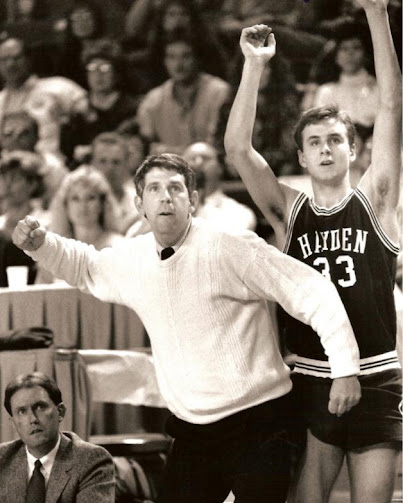
For Ben, life has been full of surprises—some tough, others miraculous. His journey as a triple transplant recipient is a testament to the power of eye, organ, and tissue donation and the generosity of others.
During his years as a high school teacher, cross-country coach, and basketball coach, Ben could tell he was slowing down during his runs. What he thought were knee problems slowing him down turned out to be a far more serious condition. Ben learned he had an enlarged heart, which was managed with medicine for nearly two decades. As time passed, Ben’s heart was getting worse. During a checkup at the University of Kansas Hospital in 2010, doctors told him his heart wouldn’t make it another six months without a transplant. Ben was sent to St. Luke’s Mid-America Heart Institute, and just a few months later, Ben received a life-saving gift: a new heart from a young man named Matthew, who, Ben later learned, was studying to be a teacher. Matthew’s life had been cut short in a tragic car accident, but his gift gave Ben a second chance at life. “It’s impossible to put into words what that gift means,” Ben says. Ben, his wife, and Matthew’s mom have stayed close over the years, becoming good friends.
Almost a decade later, another health challenge surfaced. This time, it was his kidneys. After some tests, Ben’s doctor told him his kidneys were damaged and they weren’t going to last much longer. After nearly three years on the transplant list, a new kidney became available, saving his life once again. Ben reached out and thanked the donor family, the same way he did when we received his heart but never received a response. Then, a few years ago, Ben sent them a bouquet of flowers on Thanksgiving, a small way of saying thank you, and they sent back a picture of his kidney donor, a young man named Mitchell. “I’ve written letters to the donor’s family, hoping they know just how much their loved one’s gift has meant to me,” he shares.
In 2023, Ben’s vision began to fade. It started gradually, with his eyesight slipping in ways he didn’t quite notice at first. Driving at night became harder, and the world around him grew blurry. When his eye doctor referred him to a specialist, Ben learned he needed cataract surgery. That news alone was a lot to process but then came something he didn’t expect: a partial cornea transplant. “It shook me,” Ben admits. “I’d already been through two transplants, but I wasn’t expecting to hear that word again— ‘transplant.’ After the cornea transplant, Ben wrote to his donor’s family, just like he had before, and received a heartfelt letter back. His donor’s name was Becky, and her family’s kindness left a lasting impression on him. “Every transplant is a miracle,” Ben says.
“These gifts change lives—they changed mine.”
For Ben, these gifts aren’t just about him. They’ve given him precious time with his family: his four children and 11 grandchildren. “I think about all the moments I would’ve missed,” he says. “I would’ve been gone easy if that hadn’t happened. I could have been blind in one eye if that hadn’t happened. None of it would’ve been possible without these donors. They didn’t just save me—they gave me more time with my family.”
After retiring from teaching 10 years ago, he joined the Gift of Life program in Kansas City, visiting high schools to share his story and teach students about the importance of eye, organ, and tissue donation. “I tell my story because people need to hear it,” he explains. “Donation doesn’t just affect the recipient. It’s a ripple effect that touches entire families.”
This year, Ben hopes to honor his three donors with three roses in the Rose Bowl Parade’s Donate Life float—a way to celebrate the gifts that have shaped his life. For Ben, it was a meaningful way to celebrate their selflessness and the profound impact their gifts had on him. “It’s not just about me,” Ben says. “Their donations saved my life, gave me back my sight, and allowed me to be here with my family. Honoring them on such a big stage felt like the least I could do.” Ben’s journey reminds us of the extraordinary impact one person can have on another. Every day he wakes up, he carries the legacy of Matthew, Mitchell, and Becky with him. For Ben, life—and sight—is a gift he’ll never take for granted.
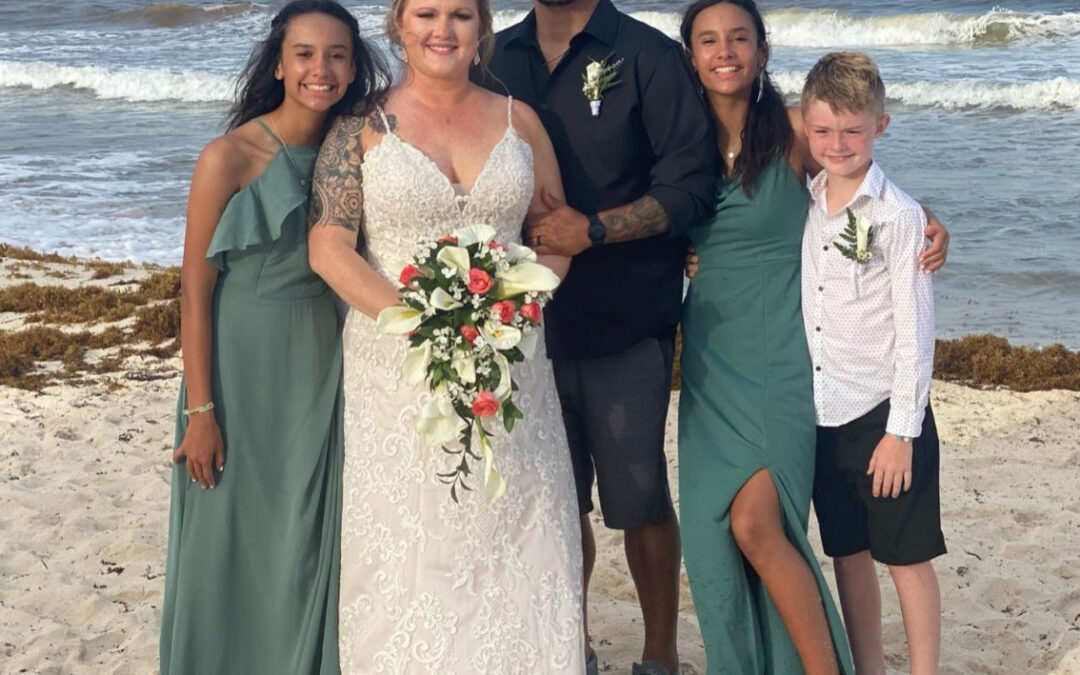
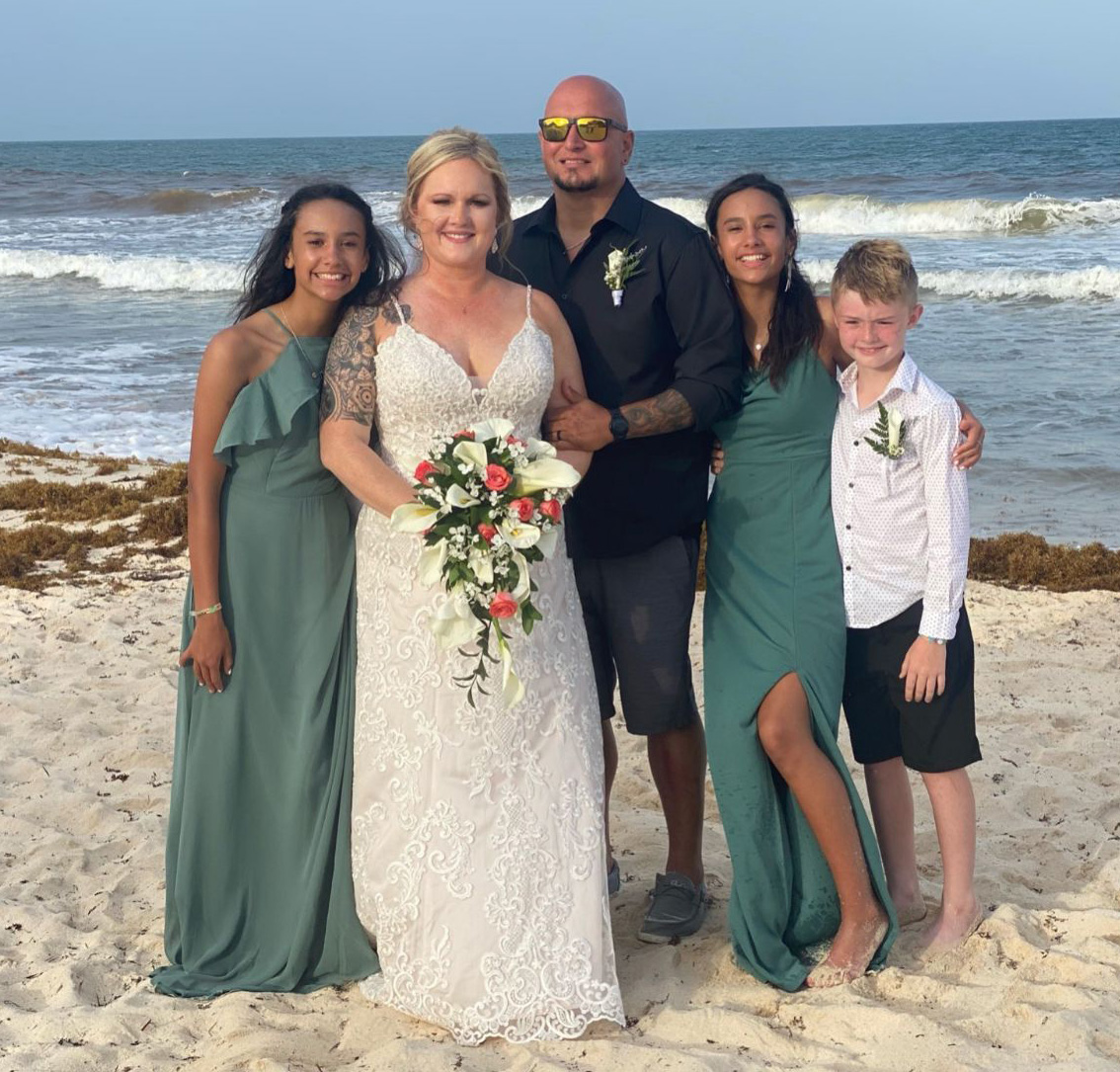
Matt and his family
For Matt, a cornea transplant meant the difference between fading vision and a world brought back into focus. Matt’s journey began unexpectedly after a seemingly minor ear infection ruptured as he slept. As he wiped his pillowcase, discharge from his ruptured eardrum, mixed with dirt beneath his contact, led to a rare fungal infection, causing severe vision impairment.
After initial treatment from his primary ophthalmologist, Matt was referred to Dr. Kenneth Goins at the University of Kansas Health System. “I learned about Saving Sight and a little about what could happen, and we talked about possibly looking for a donor,” Matt said. Tests revealed the fungal infection in his eye was progressing rapidly, and Dr. Goins informed him he’d need a cornea transplant to preserve any hope of sight. “They were concerned I could lose 100% of my eyesight, and I needed a transplant ASAP,” Matt recalled. Despite the challenges, he stayed focused on the possibility of regaining his sight.
Matt’s experience with transplants started years before his cornea surgery when he received a life-saving kidney transplant from a living donor. That experience helped shape his understanding of the power of eye, organ, and tissue donation, but it wasn’t until he faced potential blindness that he fully appreciated how vital even the smallest parts of the body can be.
“I didn’t know how much a single tissue could impact someone’s life until I was faced with losing my sight,” Matt said. “It’s incredible that two people have now given me this chance to live fully.”
For Matt, the cornea transplant stands as a reminder of the selflessness of donors and the profound difference their gifts make. Gratitude filled Matt’s heart as he spoke of the donor who made this possible.
“I am forever grateful,” Matt said. “Someone selflessly gave me the gift of sight, and it’s overwhelming. What did I do to deserve such love and compassion?”
The impact of his donor’s gift goes beyond Matt’s renewed vision—it’s a testament to human kindness and the power of eye, organ, and tissue donation. To those unfamiliar with the impact of donation, Matt has a simple message:
“You might be able to save someone’s life or change their world just by checking that box on your license,” Matt said. “It’s a chance to help someone in a way that goes far beyond what we can understand.”
As he continues to recover and adjust to his new vision, Matt hopes to honor his donor’s legacy by sharing his story and encouraging others to become registered donors.


Saving Sight, a national leader in eye banking services, announced that it has entered a new partnership to serve the state of Arkansas alongside Arkansas Regional Organ Recovery Agency (ARORA), the state’s federally designated organ procurement organization. The new partnership began October 7, 2024, and will focus on maximizing the gift of sight through eye donation and transplantation in Arkansas communities.
In this new partnership, Saving Sight will process and distribute ocular tissues for transplantation recovered by the ARORA team. Those tissues will be offered to surgeons performing sight-saving corneal transplants in Arkansas, regionally, and beyond.
As a northern geographical neighbor to ARORA, Saving Sight has a history of serving corneal transplant patients in Arkansas communities who see physicians in the Missouri Ozarks. In 2023, Saving Sight provided tissues for transplant to 69 individuals throughout the state of Arkansas – a number that will grow exponentially over the next year.
“A key ingredient of our work at Saving Sight is stewardship of the gift of donation,” said Tony Bavuso, CEO of Saving Sight. “We are thrilled to work with a like-minded partner like ARORA to ensure the impact of each Arkansan’s gift of sight is truly life-changing for others in their community and beyond.”
Mark Tudor, president and CEO of ARORA affirmed Bavuso’s sentiments adding, “We are very thankful for our partnership with Saving Sight for providing us with another avenue to honor every donation.” Tudor, who is also a donor family member, added “as a donor father whose daughter was a corneal donor, I can truly say that cornea donation provides families like mine an opportunity to change the world through a different lens.”
About Saving Sight
Saving Sight is a 501(c)(3) nonprofit organization that aims to change lives by saving sight. Founded in 1960, Saving Sight has become one of the nation’s leading eye banks and is focused on providing innovative solutions to its clinical partners. Headquartered in Kansas City, Mo., Saving Sight facilitates eye donation in Missouri, Kansas, and Illinois, impacting the lives of those both near and far through transplantation.
About ARORA
ARORA was established in 1987 as a nonprofit, accredited organ procurement agency. Serving 64 counties across the state, ARORA is headquartered in Little Rock and has a satellite office in northwest Arkansas. ARORA’s mission is to restore lives through the recovery of organs and tissues for transplant. Learn more at www.arora.org.
In 1960, Saving Sight began its journey of restoring vision through charitable vision programs, showing a commitment to community needs and a spirit of generosity. While the delivery of our programs has evolved, our legacy of giving continues to thrive through our mission partners. In 2021, Saving Sight’s board of directors established a board-designated quasi-endowment fund to support grants given to charitable organizations with a similar mission. We are proud to share the impact of grants given to four outstanding organizations in fiscal year 2023-2024: Missouri Lions Eye Mission Foundation, KidSight, Show Me Lions Eyeglass Recycling, and Mid-South Lions Sight and Hearing Service.
Missouri Lions Eye Mission Foundation – $7,000
Upon receipt of the grant money, the Missouri Lions Eye Mission Foundation purchased two Titmus V4 Vision Screeners. The total cost was $8,952.63, with the foundation contributing an additional $1,952.63. These state-of-the-art screeners have significantly improved the efficiency and accuracy of their vision screenings at mission events. To date, they have screened 239 individuals and have 17 more events planned, where they expect to serve hundreds or even thousands more.
KidSight – $43,000
KidSight utilized this grant for general operating expenses, enabling them to screen 39,943 children at 643 events and refer 3,674 children for potential vision disorders. Among those referred, 897 were at high risk for developing amblyopia. KidSight’s staff assisted 72 families with one-on-one referral navigation services, ensuring children received the necessary care. Additionally, partnerships with Zenni Optical and the Kansas City Free Eye Clinic (KCFEC) were established to eliminate barriers to care. The collaboration with Zenni Optical has provided glasses to eight families, while the mobile vision clinic with KCFEC served 238 students and provided free on-site vision exams to 11 students. These initiatives not only address immediate vision needs but also gather crucial data to improve KidSight’s screening program and advocate for early vision screenings.
Show Me Lions Eyeglass Recycling – $5,000
The Show Me Lions Eyeglass Recycling Center used the grant to enhance the safety, usability, and longevity of their facility. Major upgrades included new LED lighting in work areas, a new handrail for the primary entrance, exterior lighting for entrances and emergency exits, additional fire extinguishers, and new guttering. These improvements, partially completed by Lions volunteers, ensure a safer and more efficient environment for processing donated eyeglasses. The total cost of these projects was $5,566.76, with the grant covering a portion of the expenses.
Mid-South Lions Sight and Hearing Service – $5,000
Mid-South Lions Sight and Hearing Service expressed their gratitude for the support from Saving Sight, which enabled them to assist several Missouri residents with vision care. This fiscal year, they have seen 49 patients from Missouri and have paid a total of $6,924.00 for three patients’ bills. The grant from Saving Sight was instrumental in covering these costs, allowing Mid-South Lions to stretch their resources and provide essential care. The patients received significant financial assistance, demonstrating the impact these grants can make.
Saving Sight’s board of directors remains committed to supporting our mission partners in their efforts to restore vision and improve lives. At their most recent meeting in June 2024, Saving Sight’s board granted the following additional funds for the 2024-2025 fiscal year:
• KidSight: $41,500
• Missouri Lions Eye Mission Foundation: $16,500
• Missouri Lions Eyeglass Recycling Program: $2,000
The grants provided this year have empowered these organizations to expand their services, enhance their capabilities, and serve more individuals in need. We are proud of the collective impact we have made and look forward to continuing our legacy of giving in the years to come.
At Saving Sight, our mission to change lives by saving sight is supported by a group of passionate and dedicated Board Members. They play a crucial role in guiding our efforts and bringing different perspectives and expertise to our organization. This year, we are thrilled to welcome four new members to our board. Each of these individuals brings unique experiences and a shared commitment to making a lasting impact on vision health. Join us in welcoming our new Board Members, PCC Ron Campbell, VCC Tina Anderson, Jonathan Smith, and CC Sherl Horton, to the Saving Sight family.
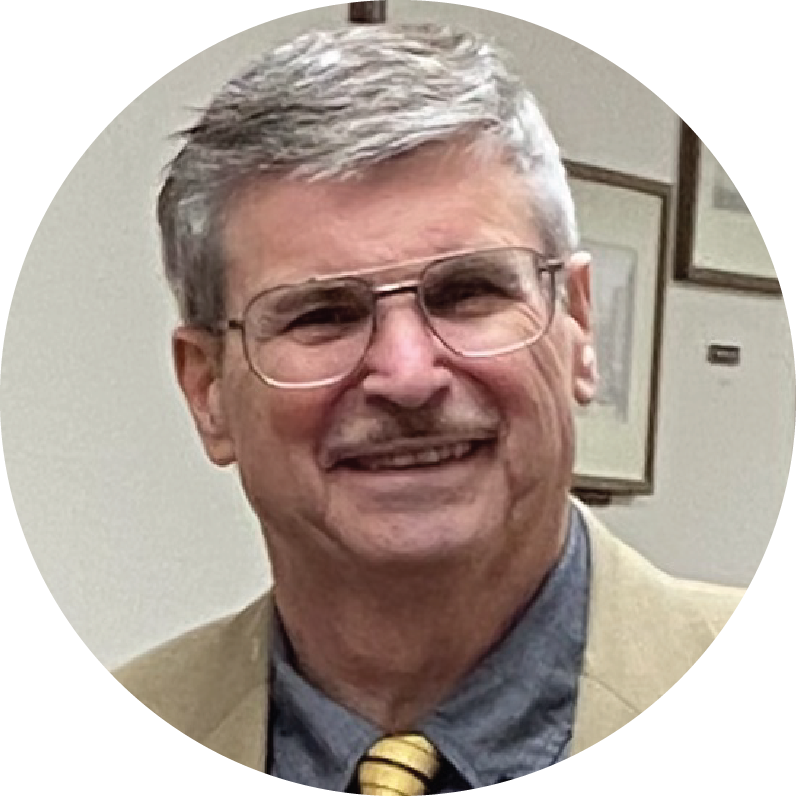
PCC Ron Campbell
Lions Multiple District M-4 Representative
PCC Ron Campbell returns to our board, bringing with him a wealth of experience from his previous terms (2017-2019) and his service on our honorary board. Representing Lions Multiple District M-4, PCC Ron is excited to start his first three-year term with renewed energy and dedication. His background in leadership within the Lions organization, including serving as the Missouri Lions Council Chair, uniquely positions him to contribute to our mission.
Reflecting on his journey, PCC Ron shared, “I’ve always been passionate about helping others and being part of the Saving Sight board allows me to contribute to a cause that truly changes lives. My goal is to help our organization grow and support other nonprofits with similar missions.”
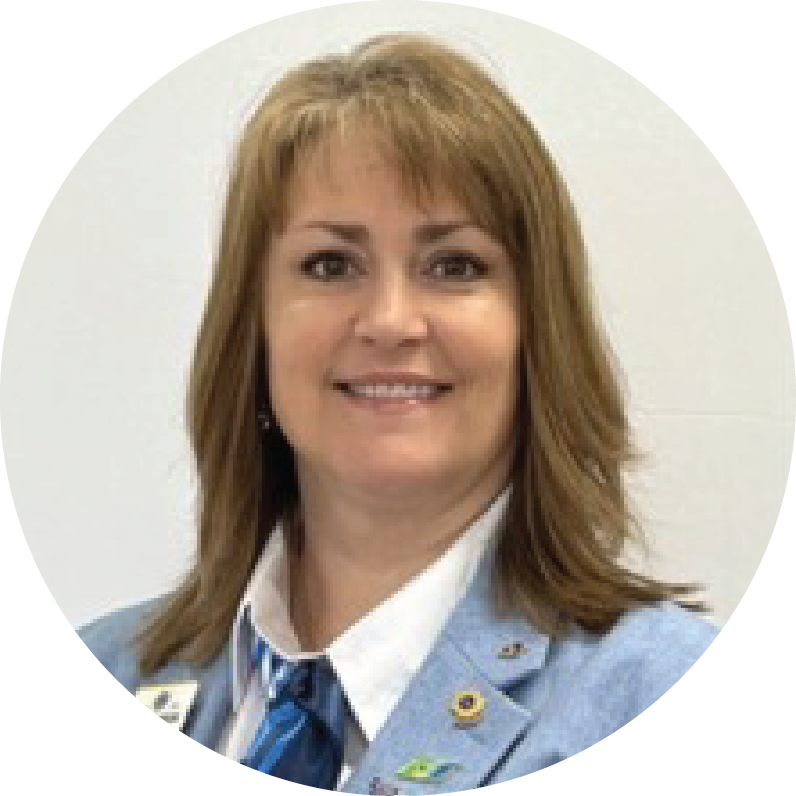
VCC Tina Anderson
Missouri Lions Vice Council Chair
Joining us for a one-year term as Missouri Lions Vice Council Chair, Tina Anderson brings a strong commitment to community service and a wealth of experience from various leadership roles within the Lions organization. Her dedication to improving the lives of those in need aligns perfectly with our mission at Saving Sight.
“I’ve always found joy in serving my community,” VCC Tina said. “I’m excited about the opportunity to work with Saving Sight. It allows me to contribute to a mission that’s close to my heart. I’m excited to learn and see how I can help further our impact on those in need of vision care.”
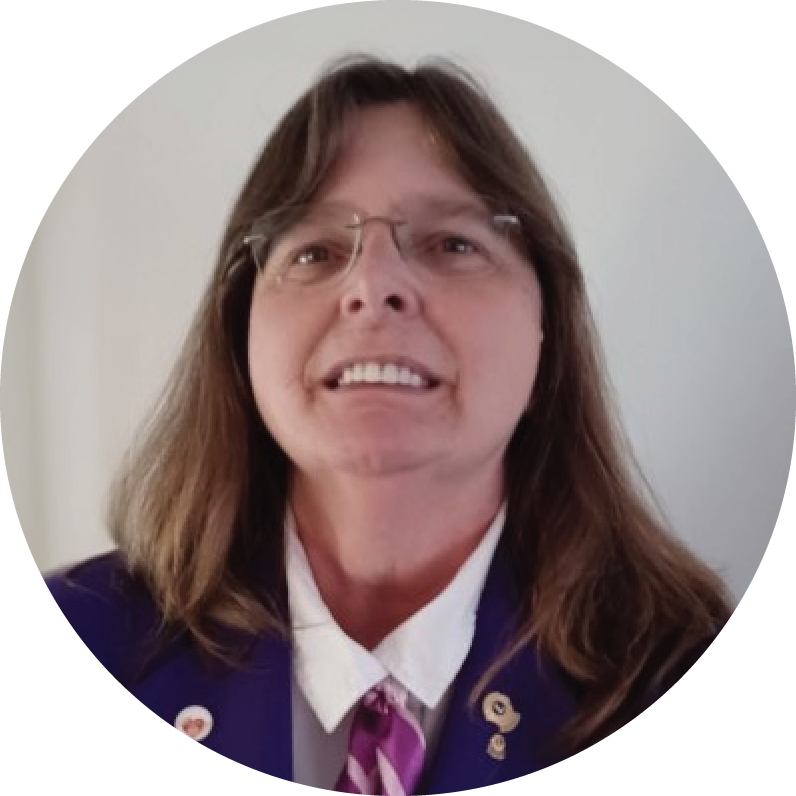
CC Sherl Horton joins the board as the Missouri Lions Council Chair for a one-year term. With a background in financial management, Sherl has served in various roles, including treasurer, secretary, and district governor within the Lions organization. Her extensive experience in these positions equips her with the skills and knowledge to contribute significantly to our board and our mission.
CC Sherl highlighted her enthusiasm for the future, stating, “We’ve seen such impressive growth and impact with Vital Tears. I’m really excited about the potential for furthering our mission and expanding our reach at Saving Sight.”
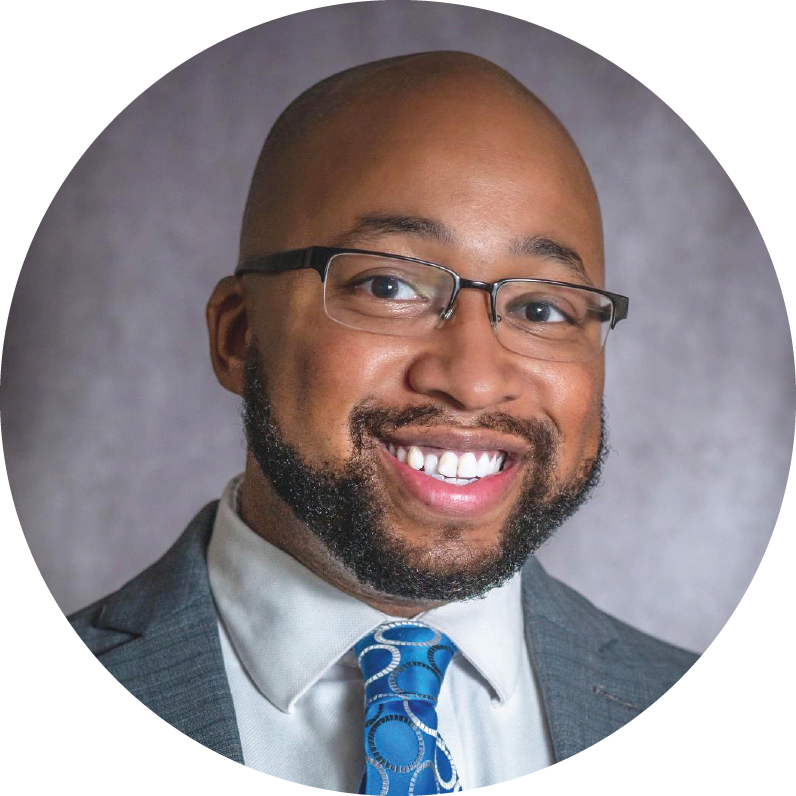
Jonathan Smith
Community Board Member
Jonathan Smith, a non-Lion community board member, has a background in public health and a passion for health equity. Having grown up in Detroit and moved to Kansas in 2013, Jonathan has been actively involved in federally qualified health centers, focusing on ensuring that underserved communities receive the care they need.
Jonathan shared his perspective, “Empowering individuals and ensuring equitable access to healthcare resources has always been my focus. At Saving Sight, I hope to contribute to increasing awareness and education about cornea donation, which is often overlooked.”
Jonathan is eager to learn and collaborate with the board, bringing fresh perspectives and innovative ideas to help Saving Sight fulfill its mission.
We are excited to welcome PCC Ron, VCC Tina, CC Sherl, and Jonathan to our board. Their experiences and shared dedication to our mission will undoubtedly enhance our efforts to change lives by saving sight. At Saving Sight, we believe that our strength lies in our ability to work together, leveraging the skills and passions of our team to make a difference. With the addition of these individuals, we are confident that we will continue to advance our mission and create a brighter future for those we serve. We look forward to the innovative ideas, collaborative spirit, and unwavering commitment they will bring to our organization. Welcome to the team, PCC Ron, VCC Tina, CC Sherl, and Jonathan!